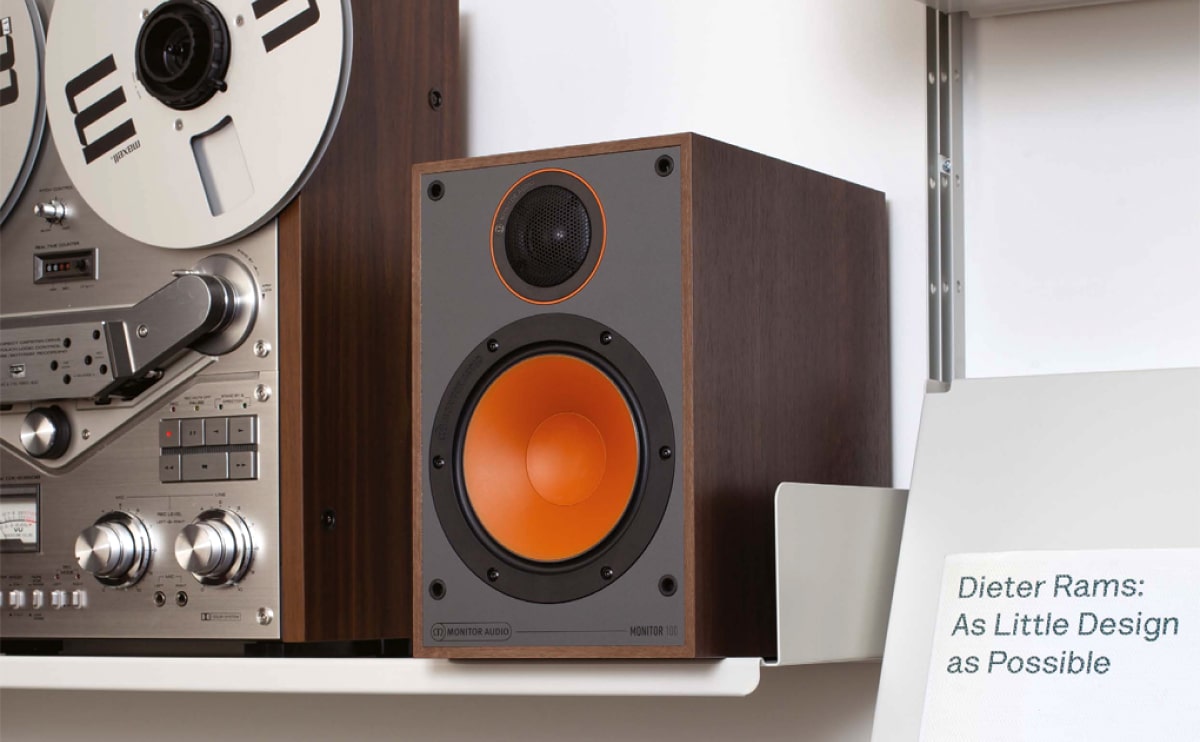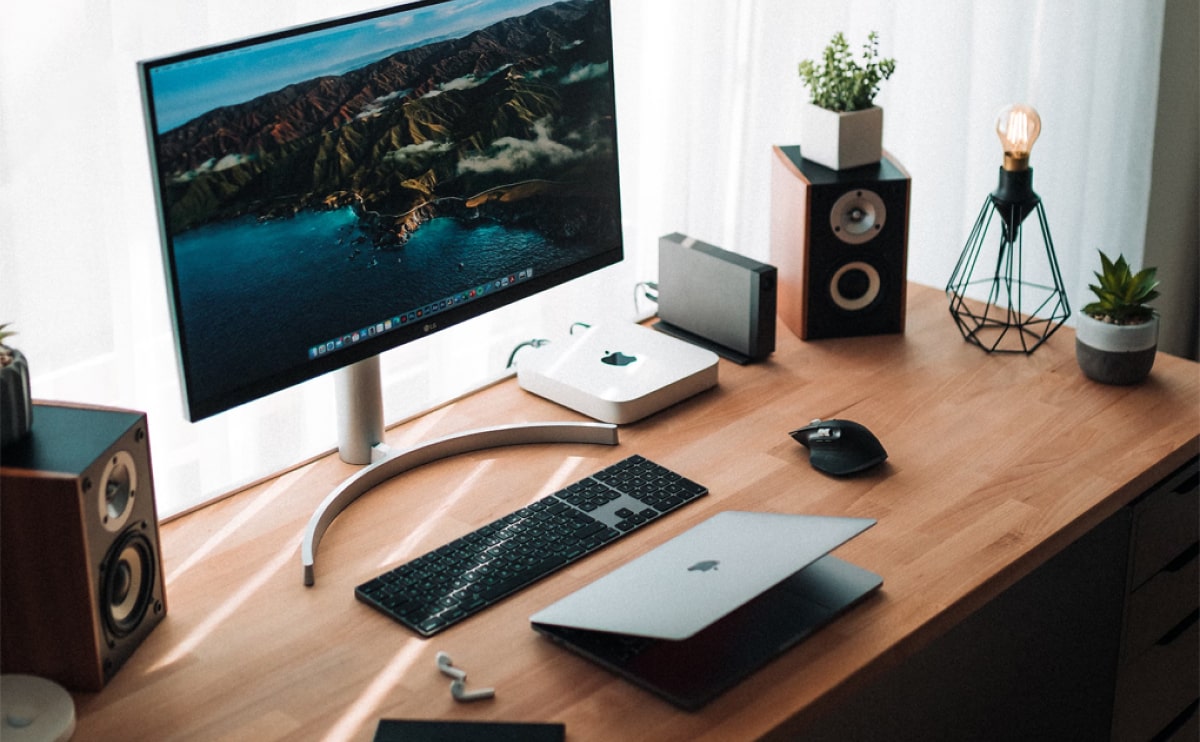How to Choose a Hi-Fi Stereo System: The Audiophile’s Guide to Sound Perfection


How to Choose a Hi-Fi Stereo System: The Audiophile’s Guide to Sound Perfection
Music is more than just sound — it’s an experience. Whether you're spinning vinyl, streaming digital tracks, or revisiting your favorite CDs, the way your music feels can change entirely depending on your audio setup. That’s where Hi-Fi (High-Fidelity) stereo systems come into play.
But with so many options out there, how do you pick the right Hi-Fi stereo system for your home or studio? In this post, we’ll walk you through the key components, features to consider, and how to match a system to your personal listening needs — whether you're a casual music lover or a full-blown audiophile.
🎵 What Is a Hi-Fi Stereo System?
Hi-Fi, short for high fidelity, refers to audio systems that aim to reproduce music as accurately as possible, with minimal distortion and a balanced soundstage. A full stereo setup typically includes:
A pair of stereo speakers
An amplifier (or integrated receiver)
A music source (CD player, turntable, streaming device, etc.)
Some systems are all-in-one, but audiophiles often build their setup piece by piece.
🧩 Components You Need to Understand
1. Speakers
Speakers are arguably the most important part of your setup. Look for:
Size vs Room Size: Bigger isn’t always better. Choose bookshelf speakers for small to mid-sized rooms, and floor-standing ones for larger spaces.
Drivers and Tweeters: Multi-driver speakers handle different frequency ranges better. Tweeters cover the high end, mid-range drivers the vocals/instruments, and woofers the bass.
Impedance and Sensitivity: Make sure your amp matches the speaker’s impedance (typically 4–8 ohms). Sensitivity affects volume — higher sensitivity = louder sound at lower power.
2. Amplifier / Receiver
An amplifier powers your speakers and often acts as the central hub for your system.
Integrated Amp: Combines pre-amp and power amp in one box. Perfect for most users.
Stereo Receiver: Includes radio tuner and sometimes streaming features.
Watts Per Channel: Don’t get hung up on huge numbers. Match the power output to your speakers’ needs.
3. Sources (Digital & Analog)
How you play your music matters too.
Turntables: For vinyl lovers. Make sure you have a phono preamp (some amps have one built-in).
CD Players: Still popular for audiophiles who appreciate lossless audio formats.
Network Streamers / DACs: For streaming Spotify, TIDAL, Qobuz, etc., in high resolution.
Bluetooth & Wi-Fi: Great for convenience, but look for aptX HD or LDAC support for higher-quality wireless sound.
🎯 Key Factors When Choosing a System
✅ 1. Your Budget
Hi-Fi systems can range from a few hundred euros to several thousand. Decide whether you want an entry-level setup, a mid-tier experience, or to go all out.
Entry Level: ~$500–$800
Mid-Range: $1,000–$2,500
High-End: $3,000+
You can also upgrade in stages — start with a good amp and speakers, and expand over time.
✅ 2. Your Room
Acoustics matter. Soft furniture and rugs help absorb reflections. Hard walls create echo. Know your space:
Small room → bookshelf speakers or nearfield monitors
Large room → floor-standing speakers and stronger amp
Also, speaker placement (distance from walls, angle, height) has a huge impact on sound quality.
✅ 3. Listening Preferences
Are you into:
Classical/Jazz → Look for speakers with wide frequency range and clarity
Hip-Hop/Electronic → You’ll want strong bass and power
Rock/Pop → A balanced setup with good mids and highs
Different brands “tune” their speakers differently, so always test if possible before buying.
🔊 Popular Brands to Explore
Speakers: KEF, Bowers & Wilkins, Klipsch, ELAC, Dali
Amps/Receivers: Yamaha, Marantz, Cambridge Audio, NAD, Denon
Turntables: Rega, Pro-Ject, Audio-Technica
All-in-One Systems: Sonos, Bluesound, Naim
Each brand has its own flavor — warm, crisp, bass-heavy, or neutral. It’s all about what sounds best to you.
🛒 Pro Tips Before You Buy
Test In-Store: Nothing beats hearing the system with your own ears.
Start Simple: You don’t need everything at once. Begin with quality speakers and amp, then expand.
Check Reviews and Forums: See what other users and audiophiles say about gear you’re interested in.
Avoid Overkill: Don’t buy a system that's too powerful for your space.
🎶 Conclusion
Choosing the right Hi-Fi stereo system is about more than just buying gear — it’s about creating your ideal listening experience. Think about your space, your favorite genres, your budget, and how you plan to grow with your setup.
Whether you're just getting into Hi-Fi or you're upgrading from a basic setup, investing in a good stereo system is a decision your ears will thank you for every single day.
Need help choosing the right system for your space or budget? Drop us a message or stop by TABLAT.info — we’ll guide you every step of the way toward audio perfection.


